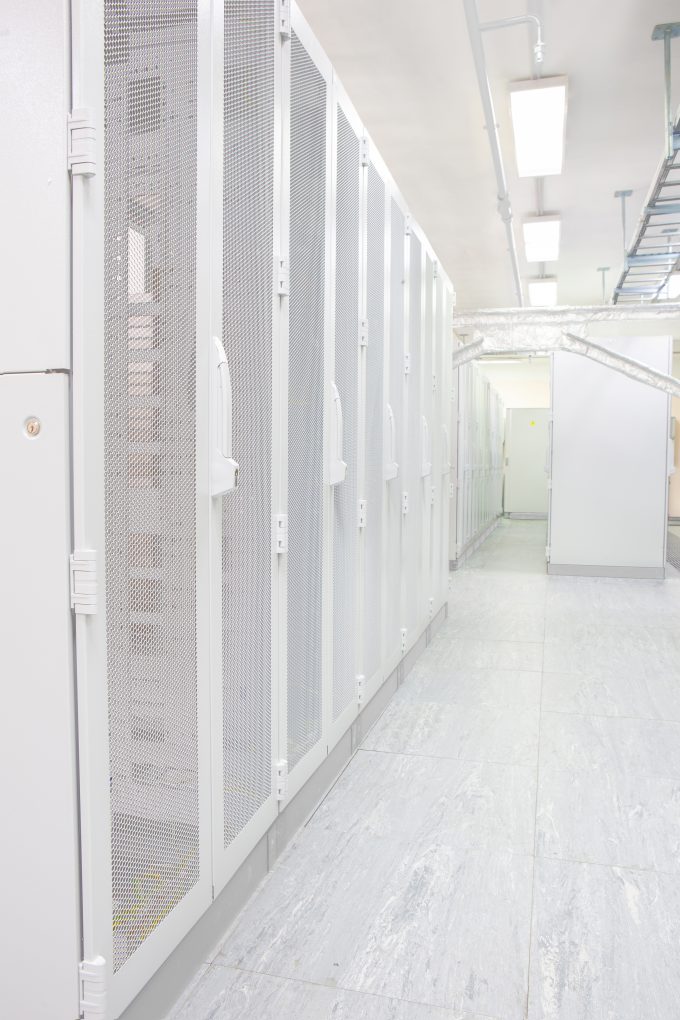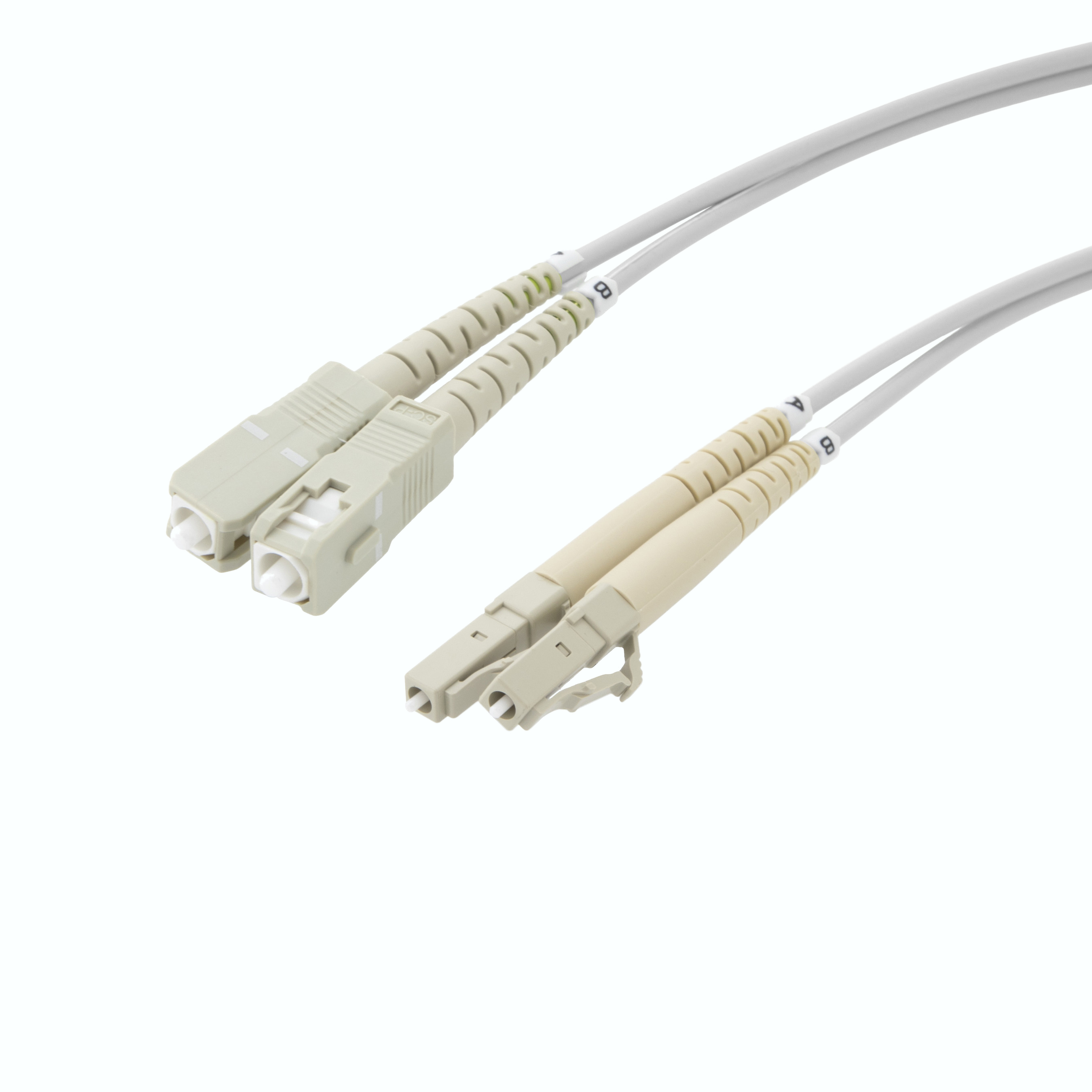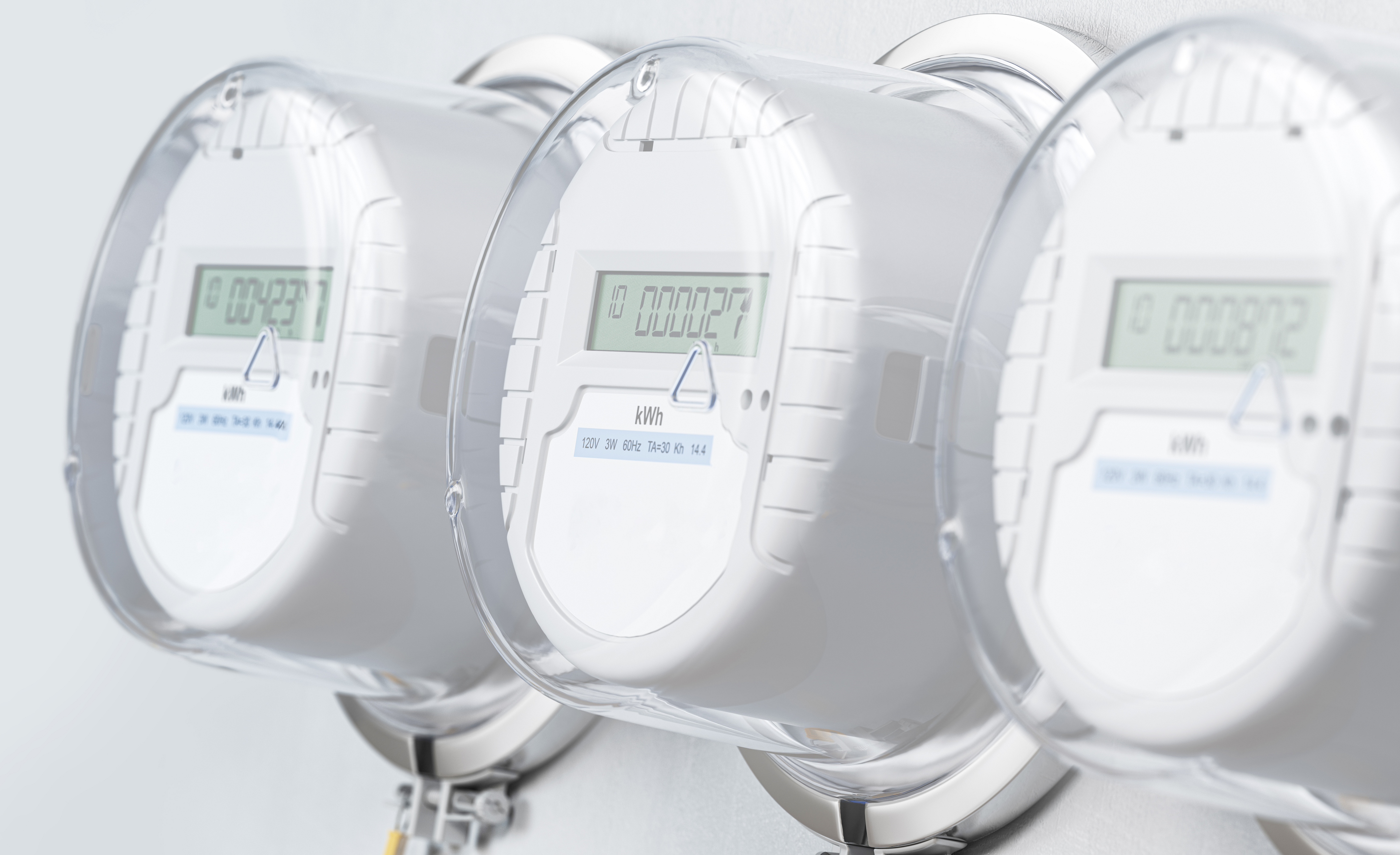stories on progressData is growing fast world-wide.
April 1, 2023

— content —
~ story
~ report
~ key points
~ quote
~ featurettes
~ reading
story |
A study by Northwestern Univ. looks at the world-wide growth of data — and the global energy needed to power it. The research team asks the question: Will we run out of energy to power civilization’s data-use — soon or in the future? According to Microsoft, there are billions of devices and data centers processing over 2.5 exa-bytes of data every day.
The study’s analysis paints a detailed picture of global energy-use — as we attempt to keep-up with today’s increasing demand for data. Filled with computing and networking equipment: data centers are central locations that collect, store, and process data. As the world relies more + more on data-intensive tech, the energy-use of data centers is a heightened worry.
While data center facilities have been successful — to-date — at using energy efficiently enough to track the rising tide of demand — analysts warn that when these efficiency measures can no longer match-up, an enormous spike of energy need will happen.
report |
group: AAAS
publication: Science
report title: re-Calibrating global data center energy-use estimates.
author: by Northwestern Univ.
date: February 2020
read | report
about |
This analysis presents a nuanced picture of global energy-use. Data centers represent the information backbone of an increasingly digitized world.
Demand for their services has been rising rapidly, and data-intensive tech — like artificial intelligence, smart + connected energy systems, distributed manufacturing systems, and autonomous vehicles — promise to increase demand further. Data centers are energy-intensive — accounting for 1% of world-wide electricity-use.
presented by
card :: AAAS
card :: Science

— key points —
The world is using more + more electronic data — that equals more energy needed to power it:
- data is information that’s created, stored, and transmitted across a wide-range of computer equipment
- this electronic equipment includes:
- 1. computer warehouses — called: data centers
- 2. satellite + cable systems — called: tele-communications networks
- 3. desktop + mobile computing
- 4. smart-devices, smart-accessories, smart-vehicles, smart-home, smart-buildings, smart-city
- these tools: make + hold information | send + receive data
- these tools: require enormous energy (electricity) to function
- especially data centers — the computers inside need constant refrigeration
- refrigeration cools computer equipment to protect it from over-heating + failing
- data centers use high amounts of energy for all their operations
- including: powering 10,000s of computers + powering the facility’s utilities
- industrial-scale energy-use is expensive
- engineers + policy-makers world-wide have to plan for energy needs today + tomorrow
- there’s a real possibility: we could run out of energy to keep-up with society’s increasing demand for data
What the study discovered:
- the study is the most detailed model to-date
- it looks at data centers’ energy-use — plus energy efficiency gains
- a gain means: using energy wisely — to power more devices effectively with less energy waste
- engineers can improve how energy is distributed + used across the data center warehouse
- this lets the energy (electricity) they purchase: go farther
- researchers discovered that energy-use growth has been flat — over 10 years
- that means: engineers in data centers have been able to keep-up with energy needs + costs
- how: data center managers have improved the way their facilities use electricity
- so they’ve been able to “get the most” from energy — and not run low -or- run out of power
- as the data center grows — needing ever-more power — facility managers try to make energy efficiency gains
- at least — so far — analysts caution
- researchers said: “The tech industry, policy-makers, equipment-makers, facility operators can’t rest on their laurels”
- that means: the time will come when data center operators will not be able to keep-up
What’s to come:
- eventually, the need for more + more energy to power these facilities will grow so large they can’t out-pace it
- data center operators will run out of ways to match the facility’s power needs with available electricity
- eventually, the availability + cost of energy will become a big problem
- engineers need to explore new energy tech + and new landscapes to build the biggest data centers
- where natural environments help with ambient cooling, or provide water + wind to harness renewable energy
- recent successes have been data centers built deep underground in cold, abandoned mines
- data centers built on lakes that cycle water to cool the facility’s computers
- data centers incorporating hydro-electric power
The team listed steps to slow future growth in energy-use:
- extend the life of today’s efficiency trends — strengthen standards: like Energy Star
- financially reward: best energy efficiency practices
- financially reward: renewable energy-use to mitigate carbon emissions, in parallel
- invest in next-generation research — computing, storage, and heat removal tech
- invest in data collection, modeling, and monitoring activities — eliminate blind spots

— quote —
While the historical efficiency progress made by data centers is remarkable, our findings don’t mean IT industry and policy-makers can rest on their laurels. We think there’s enough remaining efficiency potential to last several years.
But ever-growing demand for data means that everyone — including policy-makers, data center operators, equipment manufacturers, and data consumers — must increase efforts to avoid a sharp rise in energy-use, later this decade.
To paint a more complete picture, the research team integrated new data. Including info on data center equipment stocks, efficiency trends, and market structure. So the final model enables analysis of the energy used:
- by data center equipment — like computer servers, storage devices, and cooling systems
- by type of data center — including cloud and hyper-scale centers
- by world region
The reality is we need to better monitor energy-use.
— Eric Masanet PhD
bio: professor at Northwestern Univ.
bio: mechanical engineer
bio: leader: Energy + Resource Systems Analysis Lab
— featurette —
group: Facebook
featurette title: Facebook’s data centers
tag line: Bring the world closer together.
— featurette —
group: Google
featurette title: Google’s data centers
tag line: text
— featurette —
group: Google
featurette title: Making Google’s data centers green
tag line: text
group: ABB
featurette title: ABB’s data centers
tag line: Let’s write the future. Together.
— summary —
It used to be an industrial mine. Now it’s on course to become Europe’s biggest + greenest data center. And Lefdal, on Norway’s coast, is fully powered and protected by ABB technology.
— featurette —
group: Kolos
featurette: Planning the world’s largest data center
banner: Powering the future.
— about —
Kolos is planing to build the world’s largest data center — powered by 100% renewable energy. Kolos is changing the paradigm in data center infra-structure. Moving away from dense, high-cost, fossil fuel-driven areas — to an area abundant in clean, renewable energy. Beautifully integrated into the natural landscape + community, the Kolos data center will bring world-class tech industry and jobs.
A fortress of data:
- sustainable — the Kolos facility will be the largest green data center in the world.
- renewable — with 100% of its energy powered by hydro-power + wind.
- efficient — efficient energy costs + natural cooling let Kolos operate at 60% reduction in energy costs.
- secure — Kolos deploys the latest innovations in security tech.
- natural — the facility is surrounded by water that creates a natural moat.
webpages |
AFCOM | home
AFCOM | Data Center Institute
tag line: We are experts.
tag line: Advancing data center + IT infra-structure professionals.
webpages |
Energy Star | home
Energy Star | booklet: Best Practices Guide — for energy-efficient data center design
Energy Star | booklet: Score for Data Centers — for spaces meeting the needs of high-density computing
banner: The simple choice for energy efficiency.

webpages |
school: Northwestern Univ.
web: home ~ channel
motto: Whatsoever things are true.
reading
1. |
group: Data Center Dynamics
publication: analysis
story title: Huge data center efficiency gains stave off energy surge for now.
read | story
— summary —
A six-fold increase in compute led to energy demands rising just 6%.
tag line: The business of data centers.
2. |
group: ABB
story title: ABB solutions power Europe’s greenest data center in Norway.
read | story
— summary —
With ABB technology, Lefdal mine data center plans to become Europe’s biggest — with the smallest environmental footprint.
tag line: Let’s write the future. Together.
3. |
group: GeoTel
publication: blog
story title: Microsoft’s data centers will be using 60% renewable energy by 2020.
read | story
— summary —
Microsoft’s data centers are the beginning of Microsoft large plan of being environmentally friendly.
DASHED
presented by
card :: GeoTel
tag line: Tele-communications location-based intelligence.
tag line: Know the fiber landscape.
4. |
group: Singularity grp.
publication: Singularity Hub
story title: AI is an energy-guzzler.
read | story
— summary —
We need to re-think its design, and soon.
DASHED
presented by
card :: Singularity grp.
tag line: We prepare you to seize exponential opportunities.
5. |
group: Informa
section: InformaTech
publication: Data Center Knowledge
story title: There are now more than 500 hyper-scale data centers in the world.
read | story
— summary —
How long does it take the world to build 100 hyper-scale data centers? About 2 years, according to Synergy Research. The number of these massive facilities — they house all our data, serve all our entertainment, and power + cool the computing infra-structure for apps our lives revolve around — is +500 in year 2019.
What is the criteria for a data center to be labelled “hyper-scale” — analysts have different “scale-of-business criteria” in assessing the size of company operations in cloud, e-commerce, or social networking markets. The facilities are measured in 10,000s of servers.
DASHED
presented by
card :: Informa
card :: InformaTech
group:
banner: Championing the specialist.
banner: Inspiring the tech community to design, build, and run a better digital world.
IMAGE
— notes —
e-commerce = electronic commerce
AI = artificial intelligence
IT = information tech
AAAS = American Assoc. for the Advancement of Science
AFCOM = Assoc. for Computer Operations Management
ABB = Asea, Brown, Boveri
EPA = Environmental Protection Agency ~ United States
DOE = Department of Energy | United States
* Energy Star is a program of the EPA + DOE ~ United States